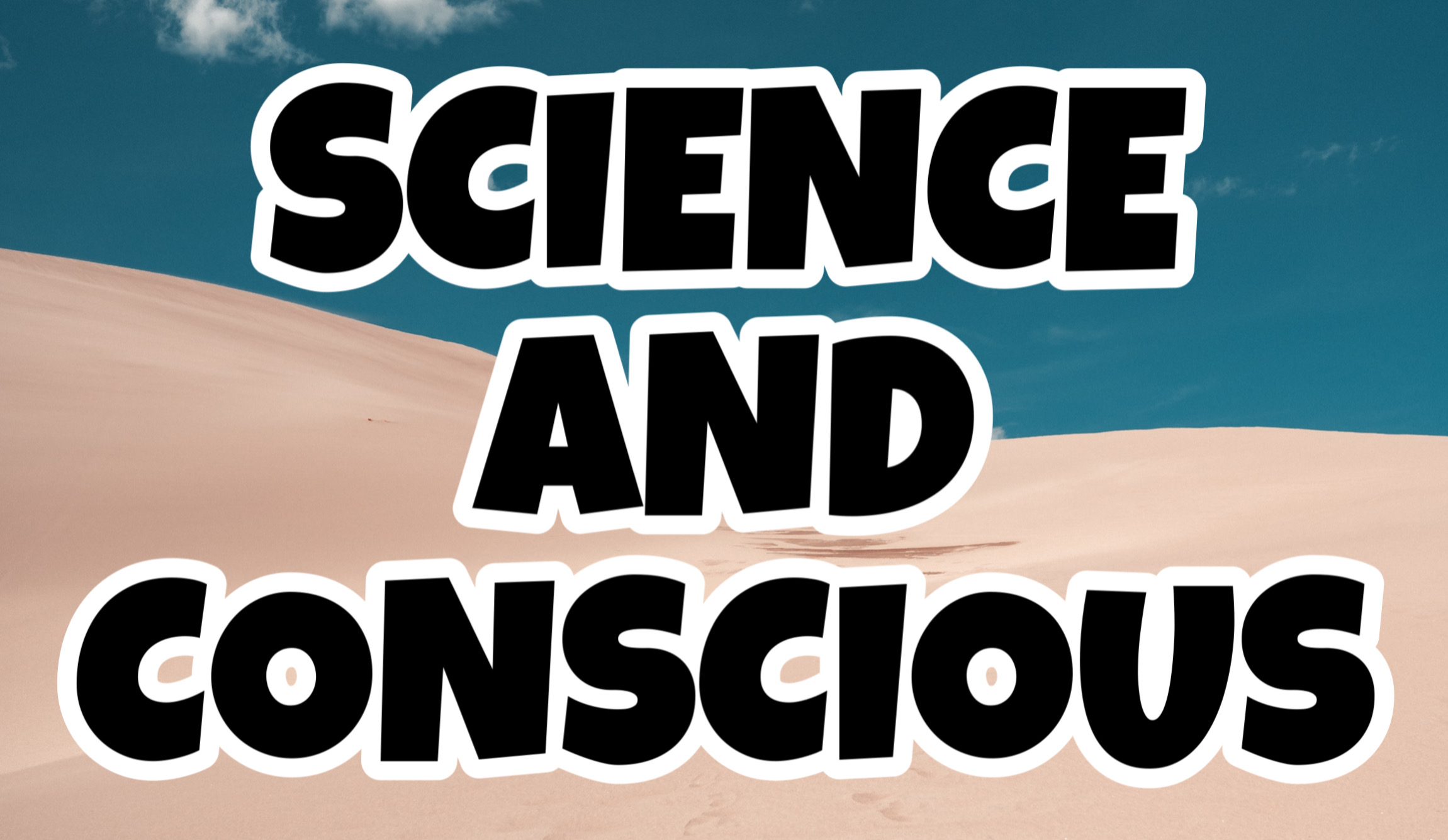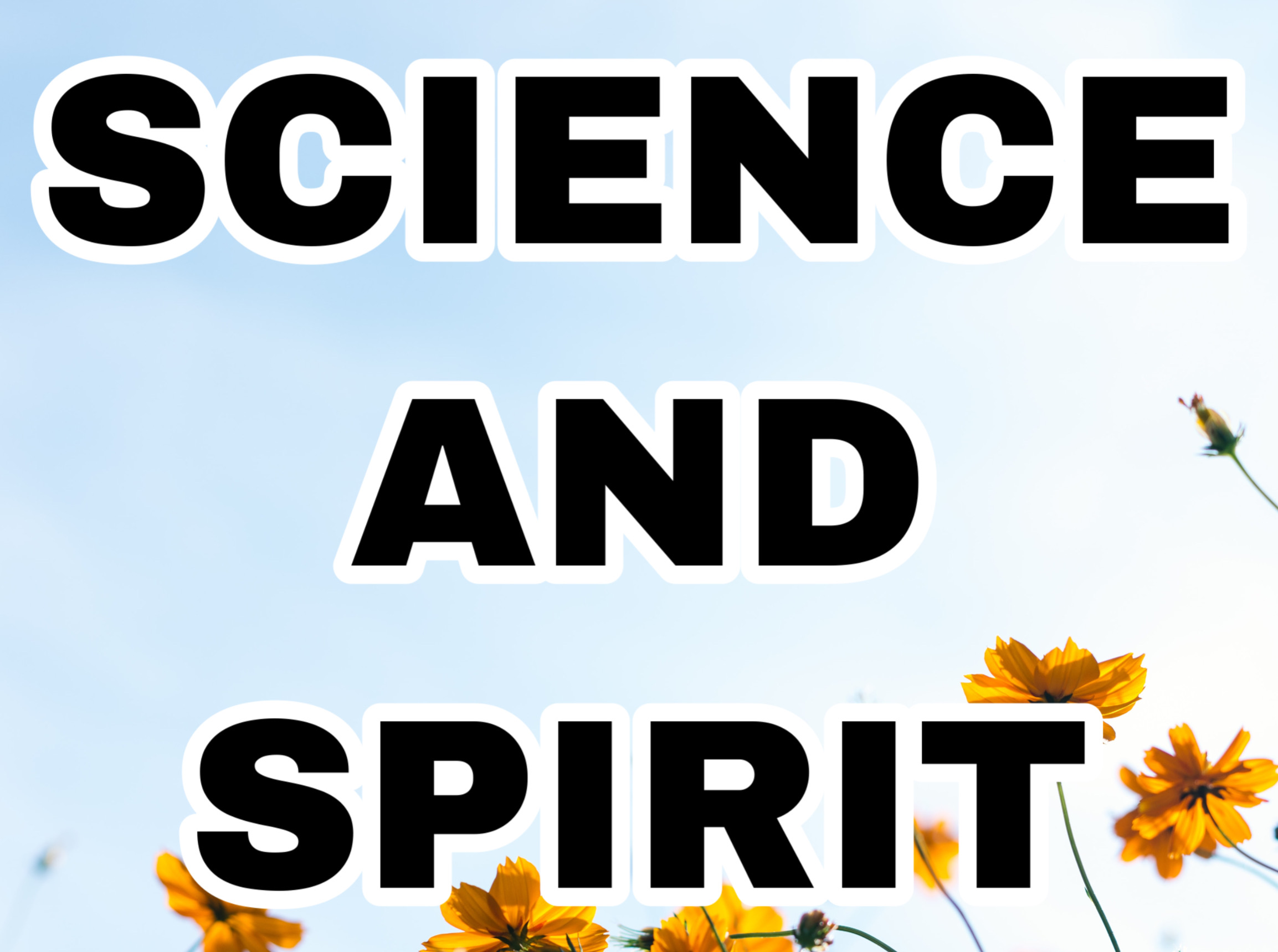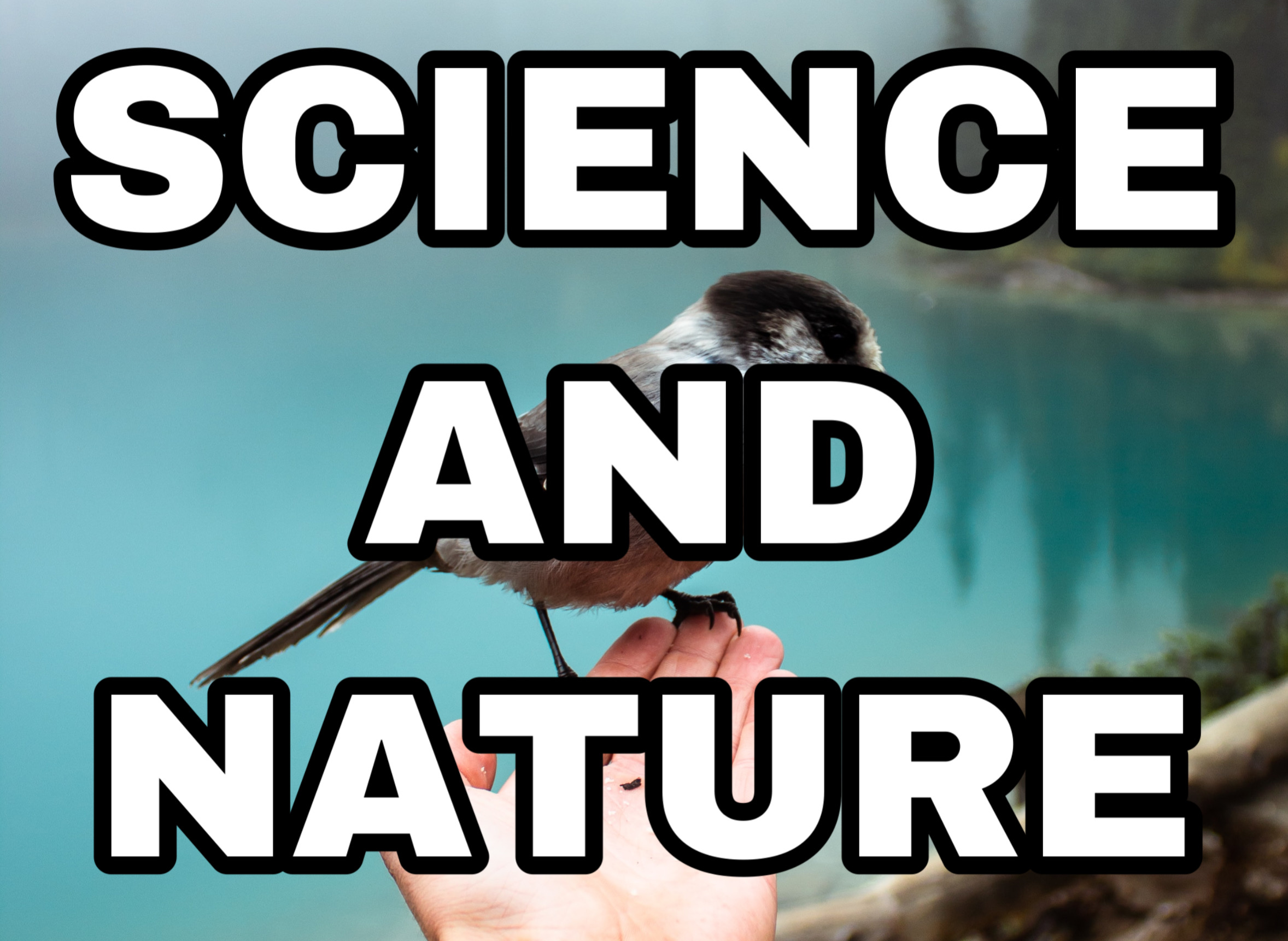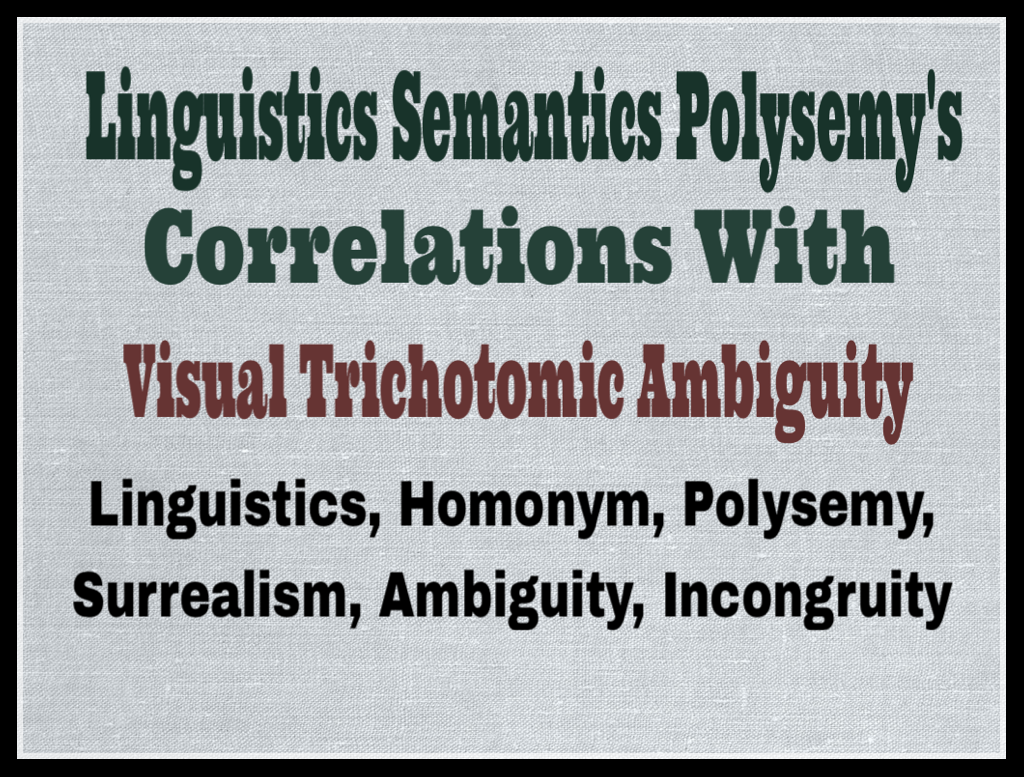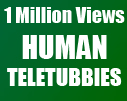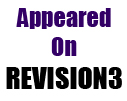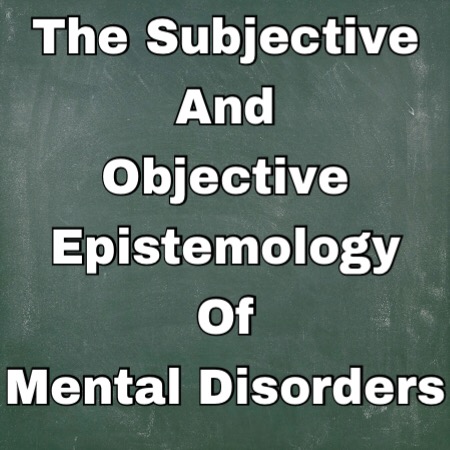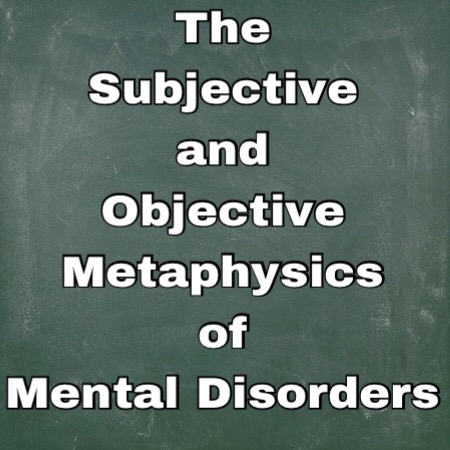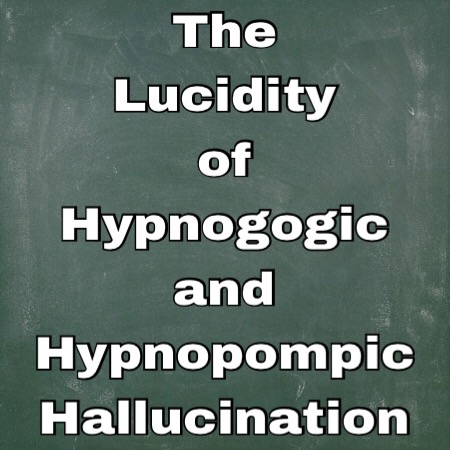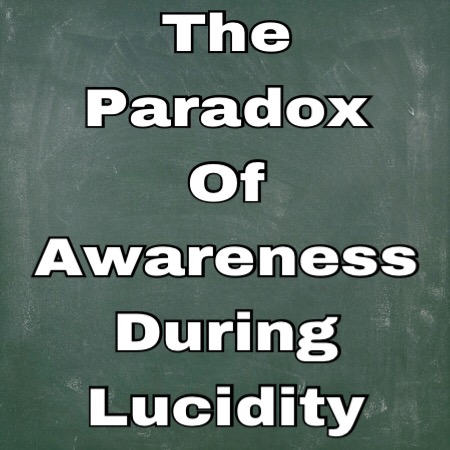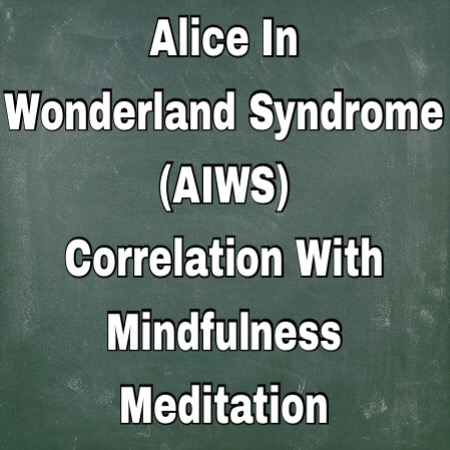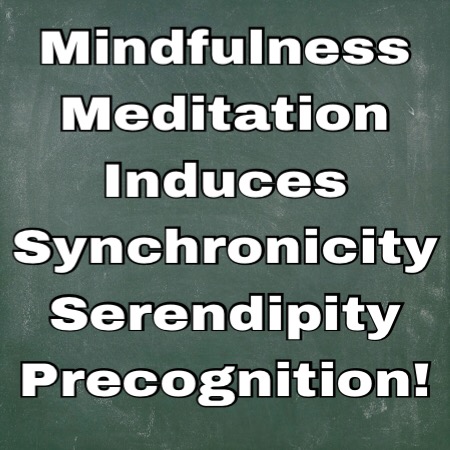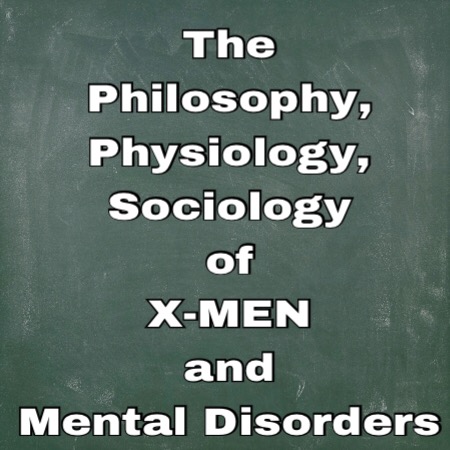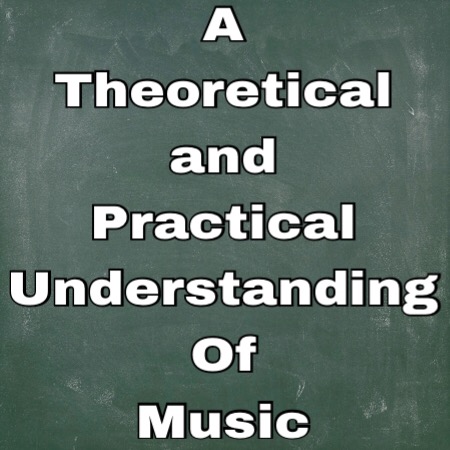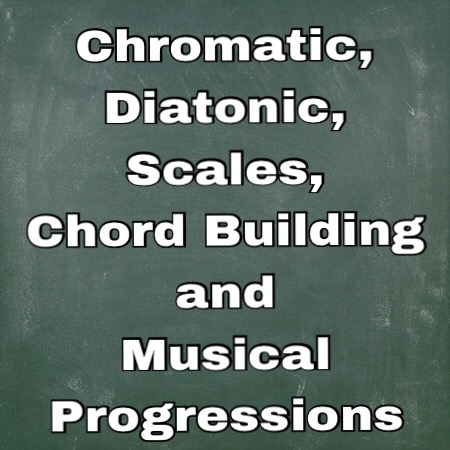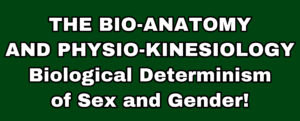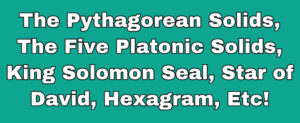7: Onomatopoeia, Denotation & Connotation
LINGUISTICS ORGANIC SEARCH ENGINE THEORY
(LOSE-T) PART VII
(LOSE-T) PART VII
Search Engine Optimization (SEO), (SERP), (NLP), Onomatopoeia, Denotation and Connotation

Linguistic is predicated on a level of arbitrariness in the sense that there’s no theoretical or inferential correlation between the phonological, semantical and pragmatical attributions of the lexeme “cup,” and it’s relationship with the tangible object of a “cup.” Conversely, the etymological origin and historical development of lexemes share phonetic characteristics; in terms of the word “yes,” and “no,” and the vocal production of the former and latter airflow perturbation. “Yes,” tends to ascend in an upward inflection and “no,” tends to descend in a downward inflection. Although both lexemes fluctuate with different intonational values when used figuratively, there’s an empirical relationship between the abrupt ascending emphasis on “s,” in “yes,” and the descending inflection in the vowel enunciation of “o,” in “no.”
In the language acquisition of children these inflectional phenomenon occurs in their embryonic stages of speech development; it’s intriguing, because their emerging cognition and projection of sound is innately suggestive to express affirmation or disagreement. This suggest an inextricability between the underlying intonation of lexemes and their external attributions, posing an interesting question in the suprasegmental features of phonology and its emotional induction based on modulation, cadence, inflection and intonation in speech. Hence, I’ll explore onomatopoeia as the trope to illustrate the disambiguation of linguistic arbitrariness, because it parallels the features of sound production using lexemes to correlate with external factors.
There’s a myriad of academic papers covering the subject of onomatopoeia, and although the vocal system is incapable of replicating the exact sound of an impact, (a problem preceding back to the phonetic structure of the alphabet, letters and word formation), parallel relationships are drawn using computational analysis. Computational models are drawn to illustrate the parallel relationships between speech production, lexemes and its external associations. In terms of amplitude, frequency, velocity, propagation, acceleration, momentum and sound intensity through wavelength diagrams. The study quantitively measures the acoustic vocal power released and the impact onomatopoeic sounds induces… This paper is focused on the ambiguous nature of onomatopoeia and its influence on search query, primarily in two key areas; the denotational attributes and the contemporary factors.
Onomatopoeia is a literary device that correlates the phonological and phonetic pronunciation of lexemes and the sound effect of impact or referent; “pow,” “bang,” “arrr..” Ofcourse, the phonetic production of “splash,” “sprinkle,” and “squirt,” are verbs to describe action, force or impact. The word “bang,” is a free morpheme homonym morphed into a polysemy, as a result of trope expression; metaphoric examples; “big bang theory,” means a cosmological model; “I banged her,” means sexual connotation; “bang,” is a figure of speech attributed to a sudden blow, or the impact that expresses an intimate sound. And, “bangs,” with the “s;” an affixed inflectional morpheme inducing a different meaning; “a fringe of haircut horizontally across the forehead.”
Many onomatopoeic mimicry hinges on the contemporary trope expression rather than its denotational rhetorical association, primarily because it has no practical application beyond its denotational meaning; (although, onomatopoeia is a figurative expression orchestrated in cartoons; “pow”). The denotational evolution of lexemes into connotative nonliteral meanings derive from synchronic development; a social evolution of literal lexemes transforming into figurative meanings. The contemporary usage of lexemes supersedes its dictionary value, and gains prevalence in the search query organic ranks solely on its association with brands, corporations, institutions and entertainment.
The vocal tract are predicated on a set of cavities that’s confined within our anatomical and physiological features, and the properties are subjected to vowels and consonance. Hence, we can only connote synonymous associations that sorta mimic the sounds of external attributions. This information is treated as a subordinate features in Google’s search query; whereas, contemporary nonliteral use of lexemes superordinates all semantic attributions of lexemes. Posing a kinda definition irrelevance and an emphasis on trope as a keyword commodity.

INTRODUCTION TO (LOSE-T) THE EVOLUTION OF (LOSE-T) | THE HISTORY OF (LOSE-T) PHENOMENOLOGY (LOSE-T) |

Introduction To (LOSE-T) Search Query Disambiguation (SQD)
(1) (SEO), (SERP), (NLP), Derivational & Inflectional Morphology
(2) (SEO), (SERP), (NLP), Metaphor, Analogy, Metonym
(3) (SEO), (SERP), (NLP), Polysemy, Capitonym, Monosemy
(4) (SEO), (SERP), Homonym, Homophones, Homograph
(5) (SEO), (SERP), Segmental & Suprasegmental Phonology
(6) (SEO), (SERP), Paronym, Hyponym, Meronym, Hypernym
(7) (SEO), (SERP), Onomatopoeia, Denotation and Connotation
(8) (SEO), (SERP), Heteronym, Heterograph, Orthographic Units
(9) (SEO), (SERP), (NLP), Cuneiform, Pictographs, Ideographs
(10) (SEO), (SERP), Logographs, Hieroglyphics, Phonographs
(11) (SEO), (SERP), Abbreviations, Acronyms-Hybrids, Initialisms
(12) (SEO) (SERP) Anthropomorphic, Personification, Typography
(13) (SEO), (SERP) Holonyms, Synonyms, Antonyms, Taxonomy
(14) (SEO), (SERP) Prefix, Suffix, Affix, Infix, Circumfix, Morpheme
(15) (SEO), (LOSE-T) Taxonomic Framework To Encode (NLP)
(16) (SEO), (SERP) Absolute, Comparative, Superlative Adjectives
(17) (SEO), (SERP) Redshift, Doppler, Special & General Relativity
(18) (SEO), Possessive, Demonstrative, Indefinite Adjectives
(19) (SEO), (NLP), Proper Nouns, Common Nouns, Capitonymic
(20) (SEO), (NLP), Modulation, Cadence, Intonation, Inflection
(21) (SEO), (NLP), Terminology, Jargon, Verbosity, Slang/Ebonics
(22) (SEO), (NLP) Phonemes, Graphemes, Morphemes, Digraphs
(23) (SEO), (NLP), Autocomplete, Spelling Correction Predictions
(24) (SEO), (NLP), Algorithmic Paradoxes, Equilibriums, Axioms
(25) (SEO), (NLP), Chromatics, Diatonics, Logarithmics, Octaves
(26) (SEO), (NLP), Anaphora, Cataphora, Antecedent, Postcedent
(27) (SEO), (NLP), Hegelians Dialect; Thesis, Antithesis, Synthesis


(1) Fundamental vs Technical Analysis in The Stock-Market
(2) Predicting The Stock Market Using Dispersed Variables..
(3) (SEO), (SMO), (SERP), And Google Algorithms..
(4) ICANN), (gTLD), Domain Registras & Cyber-Squatting..
(5) Domain Names (gTLD), Effect On (SEO), Stock-Market..
(6) 10-K, 10-Q, Annual Reports And Google Revenue..
(7) (ICANN), (UDRP), Domain Trademark And Cybersquatting..
(8) Economic Correlation/Advertisement, Marketing & Commodity!

(1) Three Dimensional Paradoxes In Spatial Schemata
(2) Vibrating Molecules and Elliptical Bubbles
(3) Musical Octaves and Wave-Particle Duality
(4) Smells Velocity Induces Memory Faculty
(5) The Paradox of Light and Sound Induces Synesthesia
(6) The Trichotomy Between Amplitude, Frequency and Velocity
(7) Black Is An Electromagnetic-Radiation (EM) Paradox
(8) Quantum Field Theory, Nash Equilibrium & Social Science
(9) Quantum Electrodynamics, Intramolecular, Intermolecular
(10) The Fibonacci Sequence & Coriolis Effect; Music & Motion

(1) The Emotional Dichotomy in Humor
(2) Neuro-Behavioral Disorder Adaptation
(3) Why Comedians Don’t Laugh At Open Mics
(4) Economic Psychology and Humor Aberration
(5) The Philosophy And Psychology Behind Fozzie Bear Humor
(6) Women Comics! A Sociobiological and Economical Analysis
(7) The Trichotomy Between Instinct, Intuition and Improvisation
(8) Synasthesia, Psychophysics, Linguistics and Humor!


| Synchronicity, Serendipity, Irony, Coincidences | ||

(1) Ecological Factors and Physiological Attributes
(2) The Psychology of Politics Equatable Rhetorics
(3) Psychophysics, Polyrhythm, Arrangement and Composition
(4) Smells Velocity Induces Memory Faculty
(5) Cognitive Impairment/Weather Conditions/Placebo Effect
(6) The Social Equilibrium of Spirituality vs Superficiality
(7) Quantum Entanglement, Chameleon Effect and Coincidences
(8) Synthesis Deriving From A Medical Antithesis
(9) The Power of Analogy, A Peculiar Mnemonics
(10) A Metaphor In Physics To Induce Organic Sleep
(11) Karma The Spiritual Undertone In Cause and Effect
(12) Distinctions Between Verbal Irony and Verbal Sarcasm
(13) School District Negligence, A Butterfly a Effect Analogy
(14) Dogs Defecating Alignment With The Earths Magnetic Field
(15) Fundamental vs Technical Analysis in The Stock-Market
(16) A Conglomeration of Political Discrepancy
Share your views and opinion, please leave a comment below Written By: Atelston Fitzgerald Holder 1st
SCIENTIST | ACADEMIC WRITER | LECTURER
The Harlem Times Politics | Business | Economics | Entertainment
Ask A Newyorker Science | Economics | Business | Politics
News Blaze World News | Science | Business | Technology
Performance Artist: www.youtube.com/mrpregnant
Musical Composer: www.youtube.com/mrpregnantmusic
Feel free to contact me at: mrpregnant@aol.com
Copyright 2016
Latest posts by Atelston Fitzgerald Holder 1st (see all)
- A SCIENTIFIC ANALYSIS OF THE SACRED-GEOMETRIC NATURE OF SUPERHERO ANATOMY! - September 5, 2023
- A Mirrored Reflection Of The Tainted Human Expression - September 15, 2021
- The God Universe Non-Dualistic Dichotomy - September 12, 2021
- Consultation - April 30, 2019
- The Philosophy Of Obsessive Compulsive Disorder (OCD), Bipolar I Manic, Lysergic Acid, Psilocybin & Sensory Modalities - January 31, 2018










